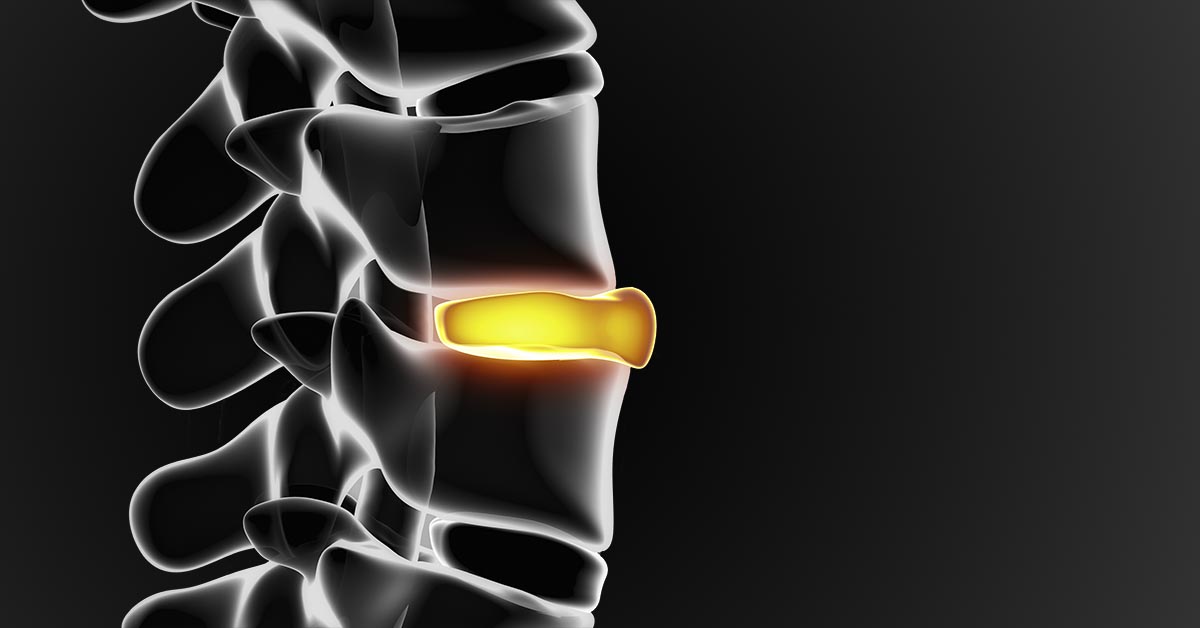 Chiropractic adjustments were just as effective as epidural injections for patients with back pain in a new study -- without the risks and at lower cost.
Chiropractic adjustments were just as effective as epidural injections for patients with back pain in a new study -- without the risks and at lower cost.
The findings show that chiropractic can significantly reduce pain in patients with lumbar disc herniation, and is less expensive than medical treatment.
Lumbar epidural injections are frequently used for back pain and sciatica in patients with lumbar disc herniation, failed back surgery syndrome, and spinal stenosis. During the procedure, a physician injects a high dose of pain medication, and sometimes steroids, into the area of the lumbar spine around the damaged nerve. This temporarily reduces inflammation and pain.
Although the injections are widely used, controversy lingers due to the lack of a studies with placebo controls, and questions about the effects of steroids versus anesthetic alone. Side effects of steroids include a weakening of muscles and spinal bones around the affected nerve and a disruption of the body's natural hormone balance. It's also unclear whether epidural injections are more effective than other conservative treatments for lumbar disc herniation.
While a number of studies have established the efficacy of chiropractic for low-back pain, fewer have tested its comparative effectiveness with other treatments for lumbar disc herniation.
In a new study from the Journal of Manual and Physiological Therapeutics, researchers from Switzerland compared the effects of chiropractic spinal manipulative therapy (SMT) and epidural nerve root injections (NRI). The study included 102 with symptomatic, MRI-confirmed lumbar disc herniation who were treated with either SMT or NRI.
After one month of treatment, both groups experienced significant improvements. Of the patients under chiropractic care, 76.5% said they were "much better" or "better" compared to 62.7% of NRI patients. Sixty percent of chiropractic patients had a significant reduction in pain compared to 53% of NRI patients. These slight differences were not statistically significant.
While none of the chiropractic patients received surgery, three of the NRI patients eventually opted for an operation.
Since the treatments were considered equally effective, the cost analysis became even more important for comparing both treatments, the researchers pointed out. On average, one month of chiropractic adjustments was less expensive than NRI ($558 vs. $729). Their analysis included only the "minimum cost" of NRIs, and did not take into account other costs that are frequently tacked on like additional consultations with clinicians, multiple injections, or possible surgery. Additionally, treatment cost for chiropractic patients may have been slightly higher than normal since they were required to receive an MRI to be in the study. Many chiropractic patients do not receive MRI because imaging guidelines do not recommend MRIs for patients with lumbar disc herniation in most cases. In contrast, MRIs are typically performed before injections or other more invasive procedures.
Although randomized trials are needed to confirm these results, the authors concluded that, "There were no significant differences in outcomes between the more universally accepted treatment procedure of NRI compared to SMT."
This study suggest that patients can experience substantial relief from chiropractic care without worrying about the side effects of steroids or drugs. It may even save them money, since research suggests that chiropractic patients have lower annual medical costs compared to patients under traditional care.
Reference
Peterson, CK, et al. Symptomatic Magnetic Resonance Imaging-confirmed lumbar disk herniation patients: a comparative effectiveness prospective observational study of 2 age- and sex-matched cohorts treated with either high-velocity, low-amplitude spinal manipulative therapy or imaging-guided lumbar nerve root injections. Journal of Manipulative and Physiological Therapeutics 2013; doi: 10.1016/j.jmpt.2013.04.005.


